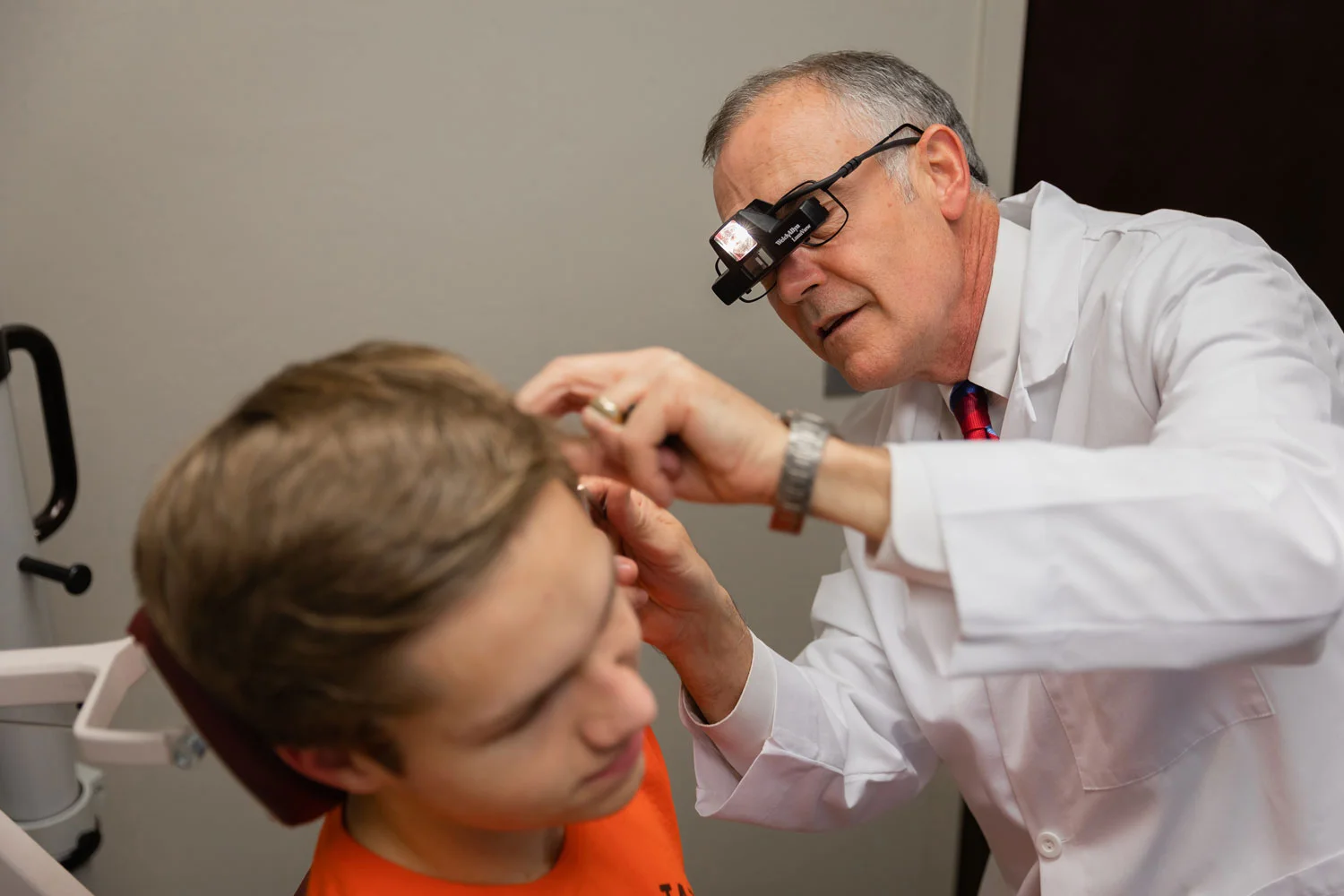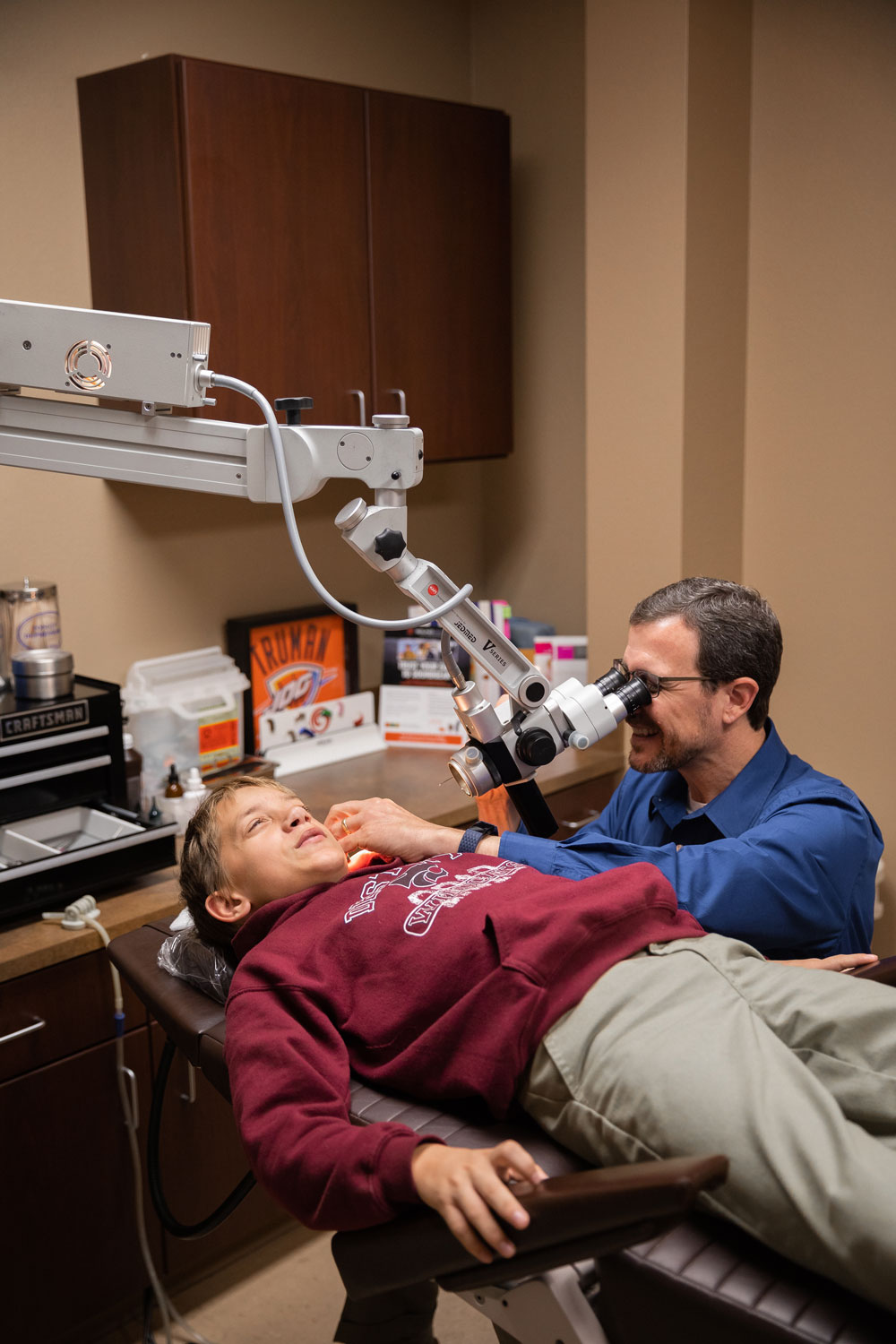Hearing loss can occur gradually and can have a profound effect on your life.
Even slight hearing loss can lead to exhaustion. Especially if you’re struggling all day to try and hear your coworkers, friends or family. Improved hearing leads to a better quality of life. Let the experts at OOA help today.
A cochlear implant is an electronic device that restores partial hearing to individuals with severe to profound hearing loss who have tried and no longer benefit from a conventional hearing aid. It is surgically implanted in the inner ear and activated by a device worn outside the ear. Unlike a hearing aid, it does not make sound louder or clearer. Instead, the device bypasses damaged parts of the auditory system and directly stimulates the nerve of hearing, allowing individuals who are profoundly hearing impaired to receive sound.
What Are Chochlear Implants?
In simple terms, cochlear implants are electronic hearing devices that are inserted in the inner ear of those that suffer from severe to profound hearing loss. If traditional hearing aids fail, this device sits in the inner ear and restores partial hearing. It’s activated by a portion worn outside the ear that consists of a speech processor, microphone and battery. Instead of making sounds louder, the implant directly stimulates the nerve used for hearing.
The components all work together to allow sounds to bypass the damaged parts of the patient’s auditory system. It all begins with the microphone, which sits behind the external part of the ear to capture sound and send it to the speech processor to generate electrical signals. These signals are sent as radio waves across the skin to the internal electronic stimulator. Then, the electronic stimulator sends the signals to the implanted electrodes to the cochlea, or auditory chamber of the inner ear. This stimulates the nerve and sends information to the brain.
The Procedure
Before the surgery, know that the ear is made of three parts: the external ear, middle ear and inner ear. The outpatient procedure takes places once the patient is under general anesthesia. From here, the implant surgery begins with an incision behind the ear that leads to the middle ear space. Then an opening is made in the cochlea to place the electrodes in the inner ear. Finally, the electronic device attached to the electrodes is sealed under the skin behind the ear. A few weeks later, the external components will be added.
Since every patient is different, their reaction and adjustment to the implants will vary. There are many types of hearing loss. This means that the success of the implant will depend on the number of nerve fibers remaining, how long the person has been deaf, and the patient’s desire to learn to hear. While adults typically benefit right away from increased communication skills, children require more time to adequately benefit from their implants.
Make sure to contact our team with any questions. We will go over the procedure prior to surgery, and schedule regular check-ups to ensure you receive the best possible results from your cochlear implant.


